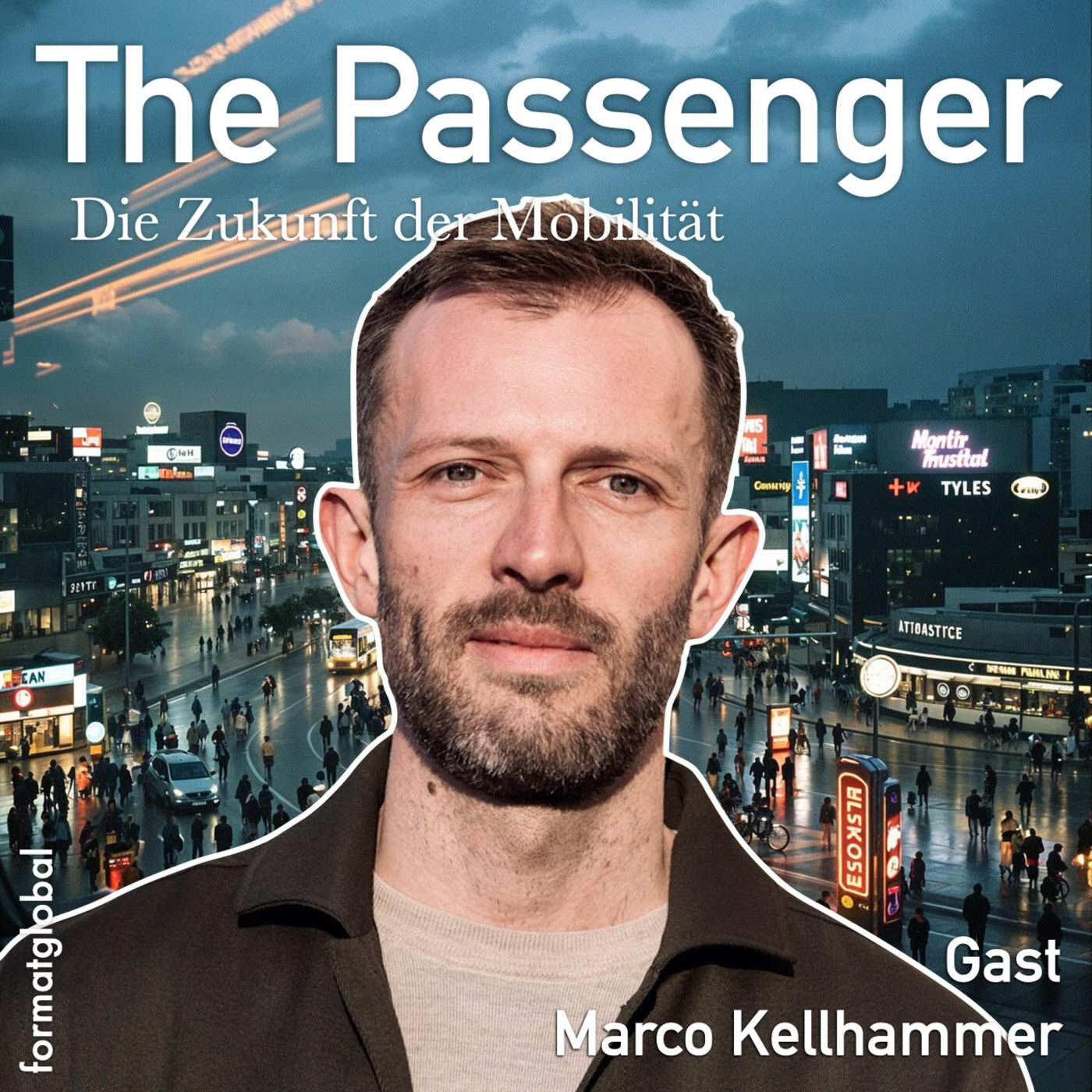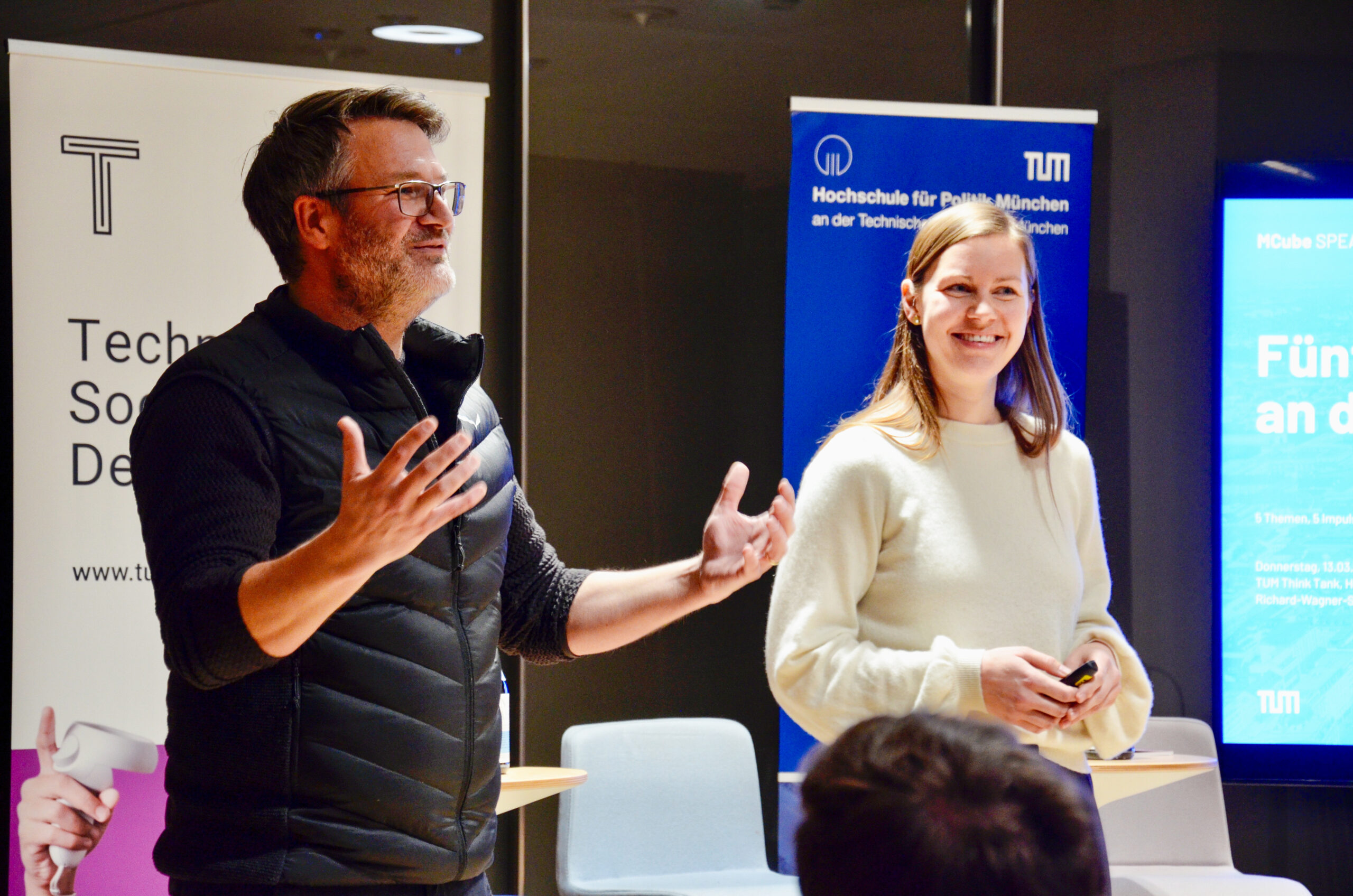What happens in the project?
The ASUR project aims to improve transport links between cities, their surrounding areas and the wider region. The focus is on remote areas where mobility and connectivity are often a major problem. One innovative solution being tested as part of the project is self-driving shuttles. These autonomous vehicles are being tested in so-called real laboratories. This means that they are tested under real-life conditions to see how well they work and how they can best be used. The aim is to gain valuable insights and recommendations for the actual implementation of such mobility solutions from these tests. These findings could then help to fundamentally improve the way people travel in rural areas.
What problem does ASUR solve?
ASUR's main concern is to tackle the challenges in rural areas in terms of mobility and transport links. Many rural regions suffer from a lack of public transport connections, which makes daily life difficult for the people who live there. ASUR is therefore testing how well autonomous, demand-oriented mobility models could work in such areas. An important aspect of this is also finding out how local people would accept and use such new mobility services. The project is therefore not only researching the technical feasibility, but also the social acceptance of this innovative form of mobility.
Who is affected?
The project affects citizens in the areas where the tests are carried out, i.e. in the real laboratory (the locations have not yet been determined). The local communities where these tests take place and the companies that provide transportation services are also involved and affected by the results of the project.




